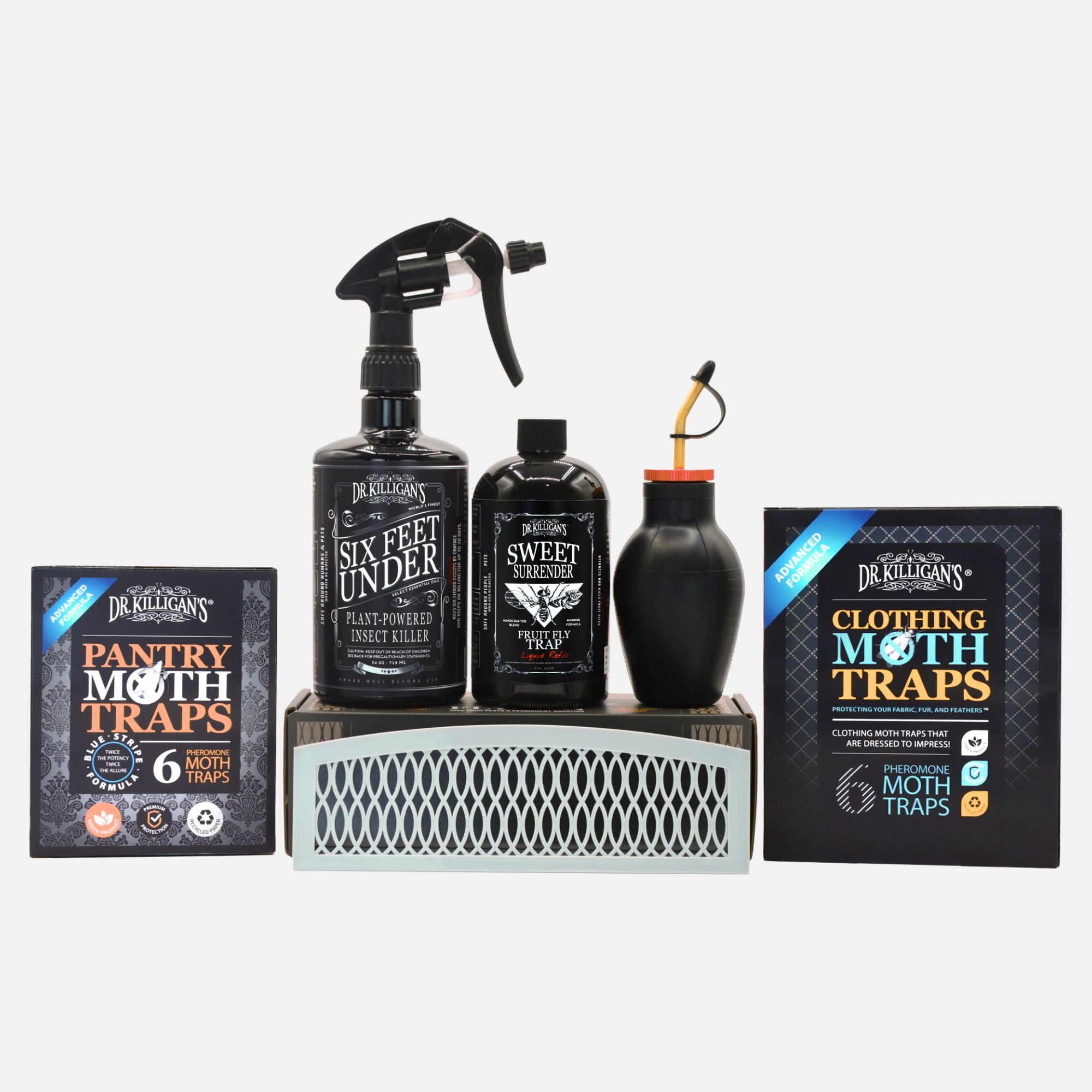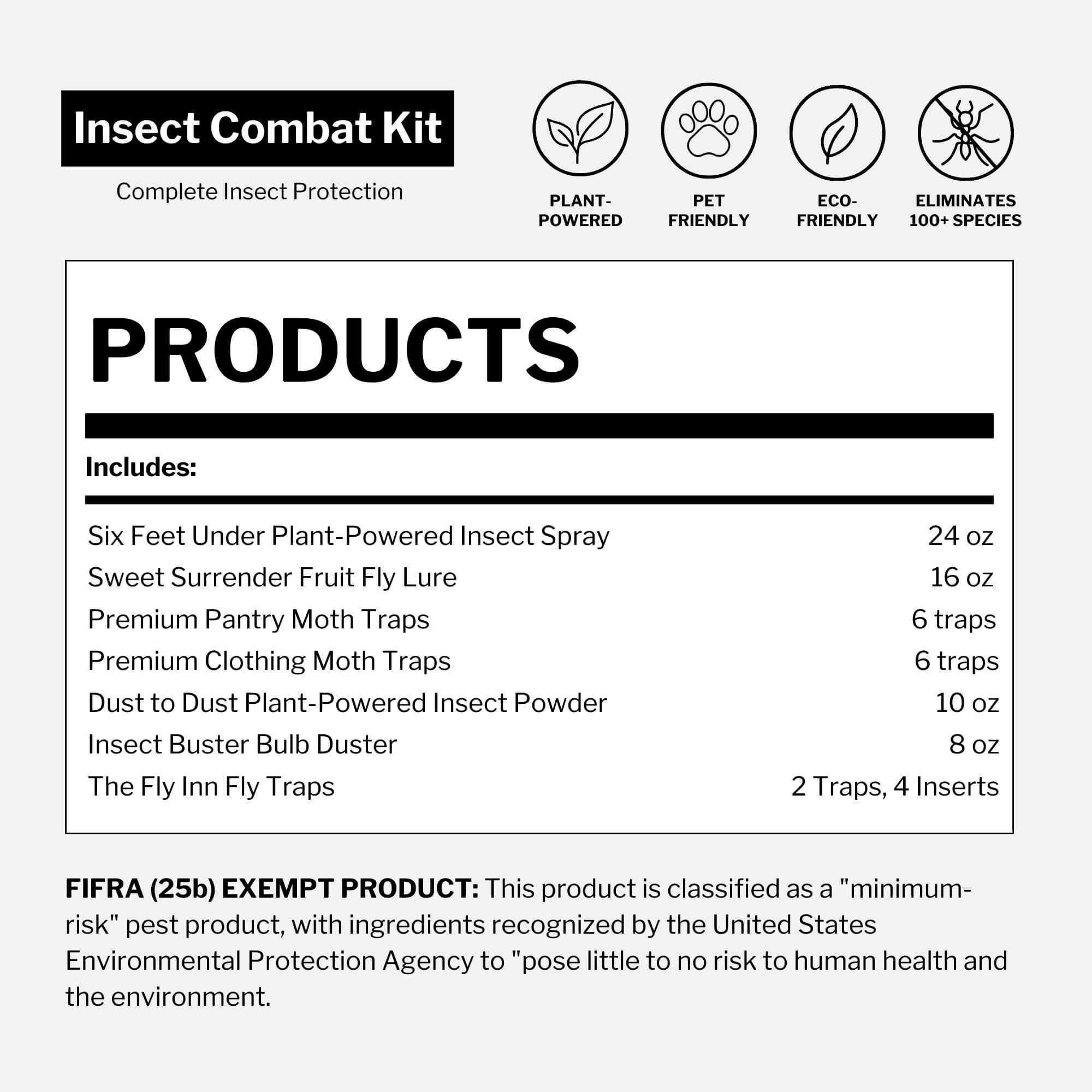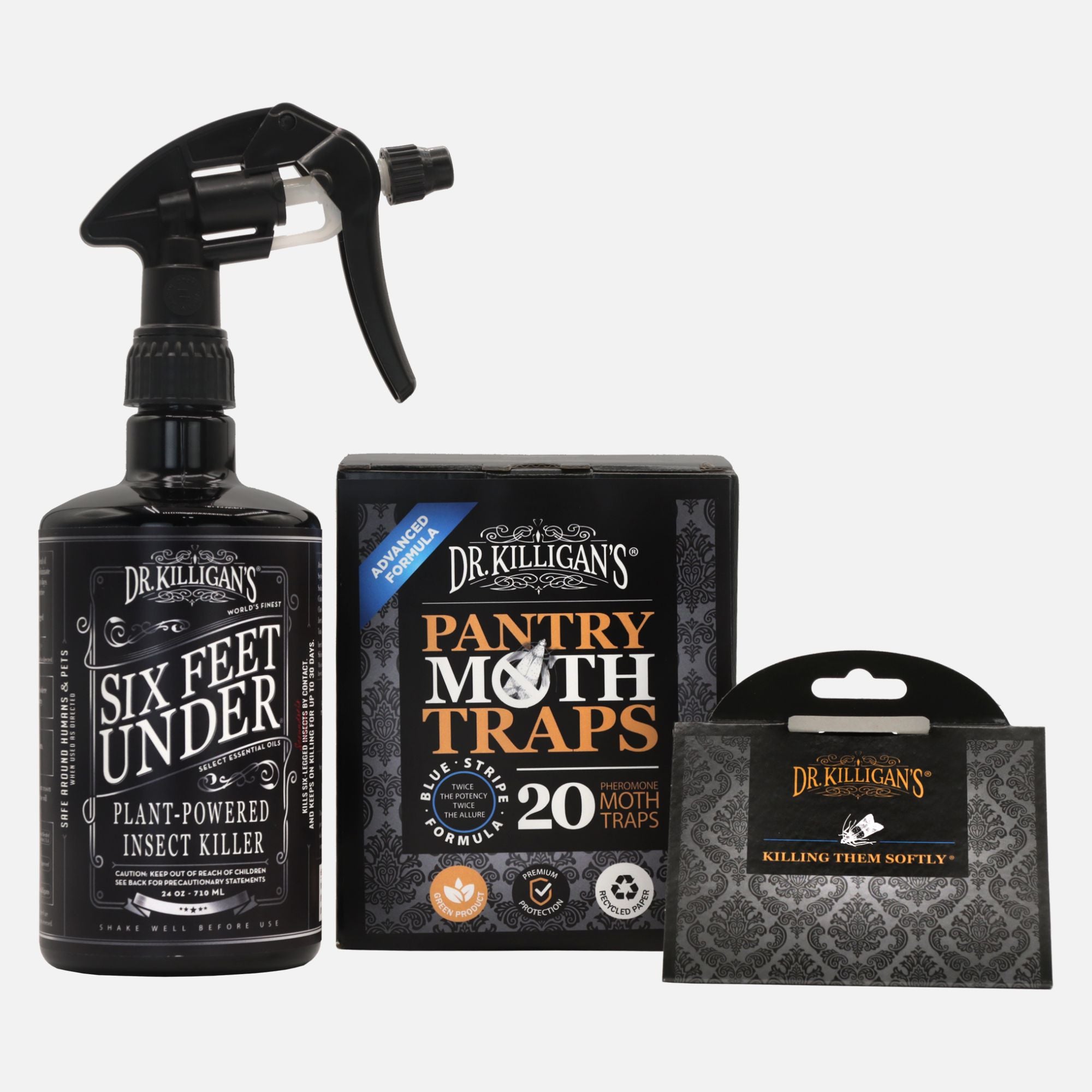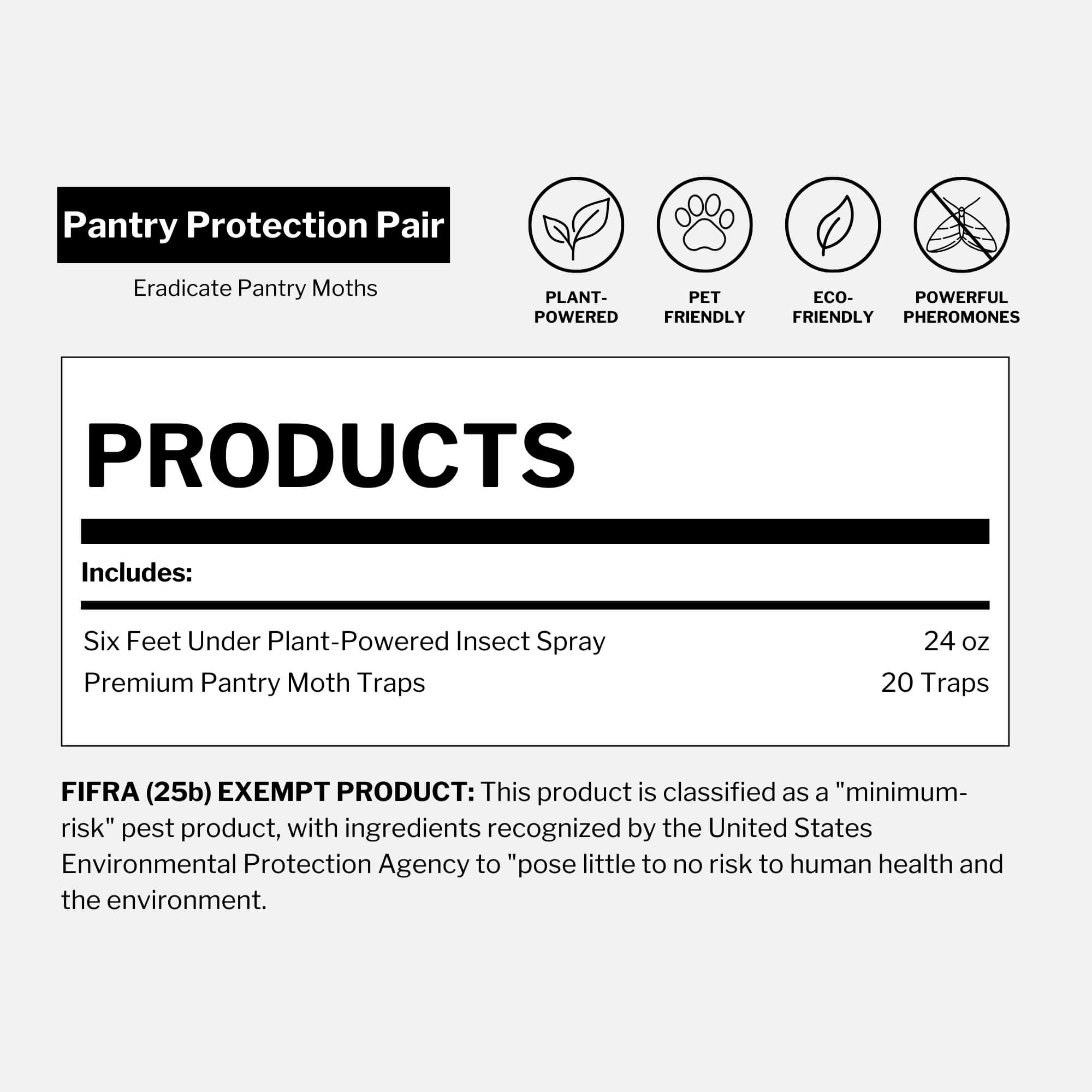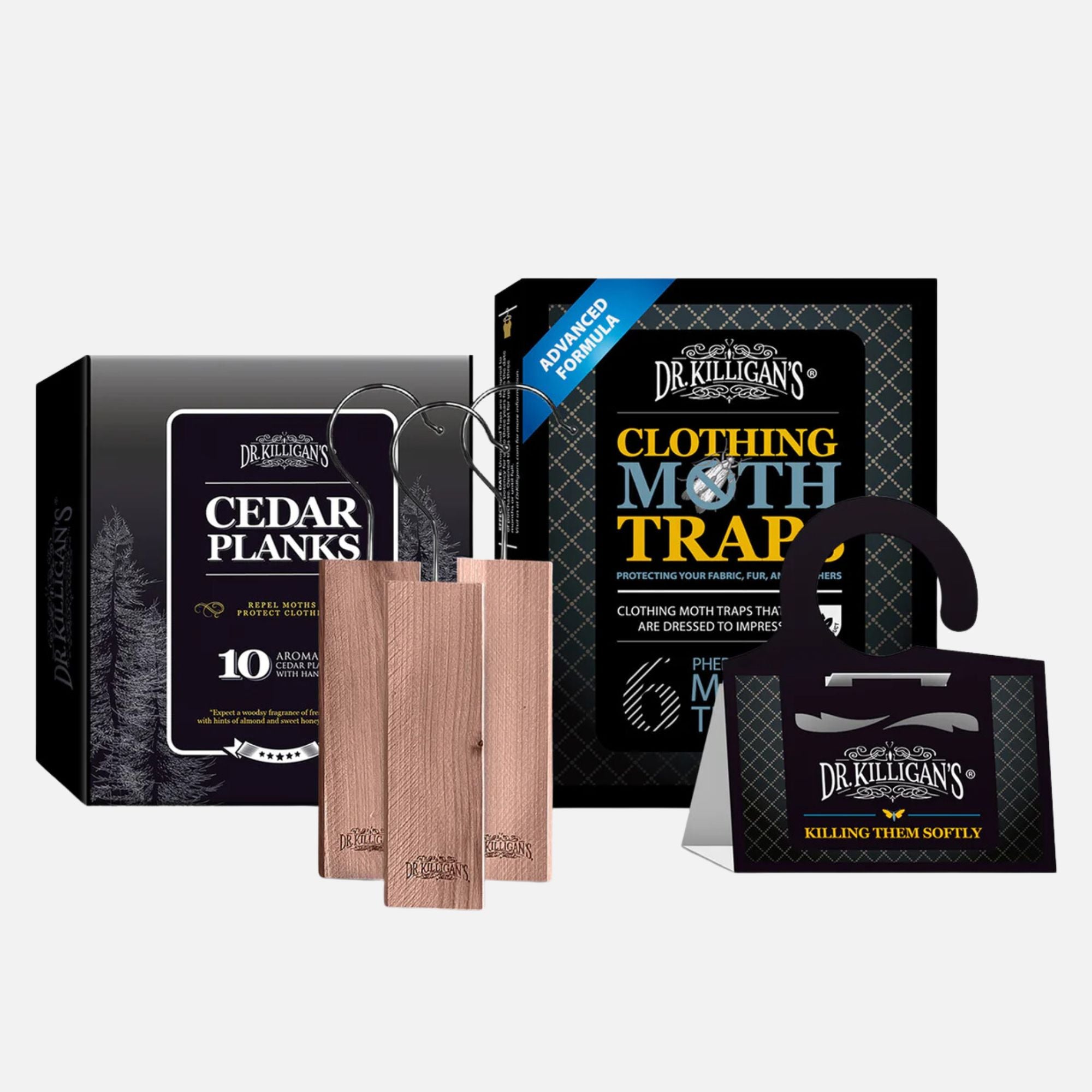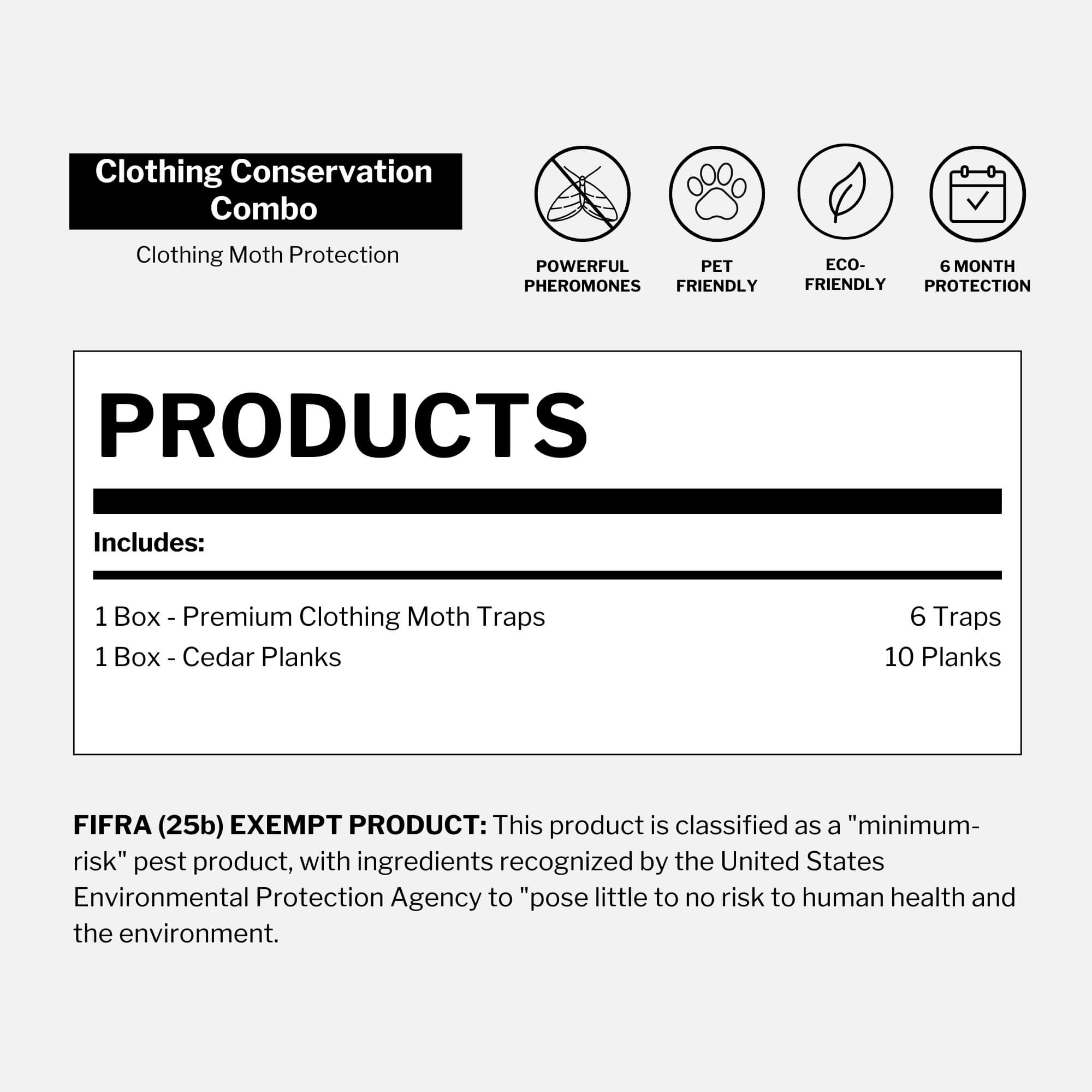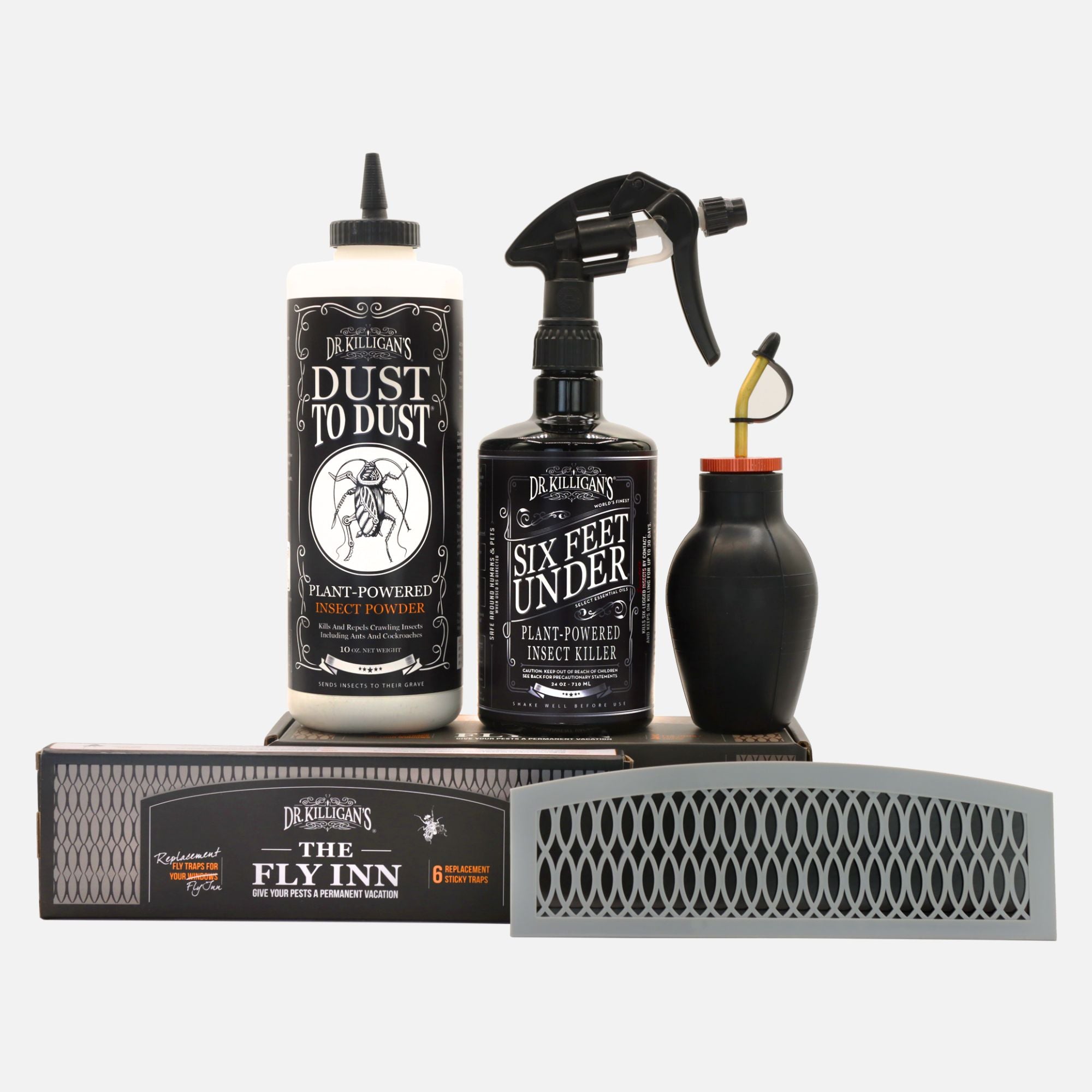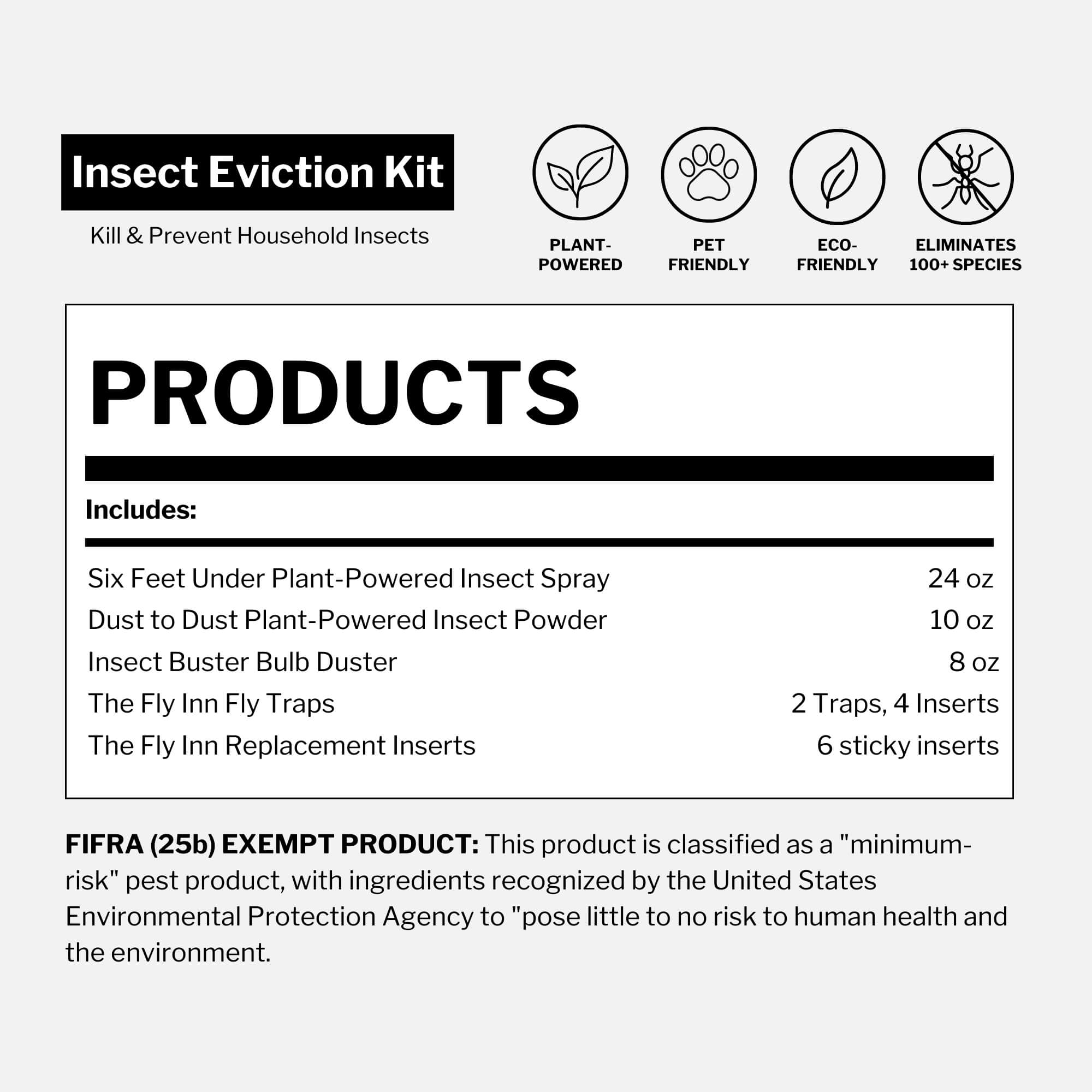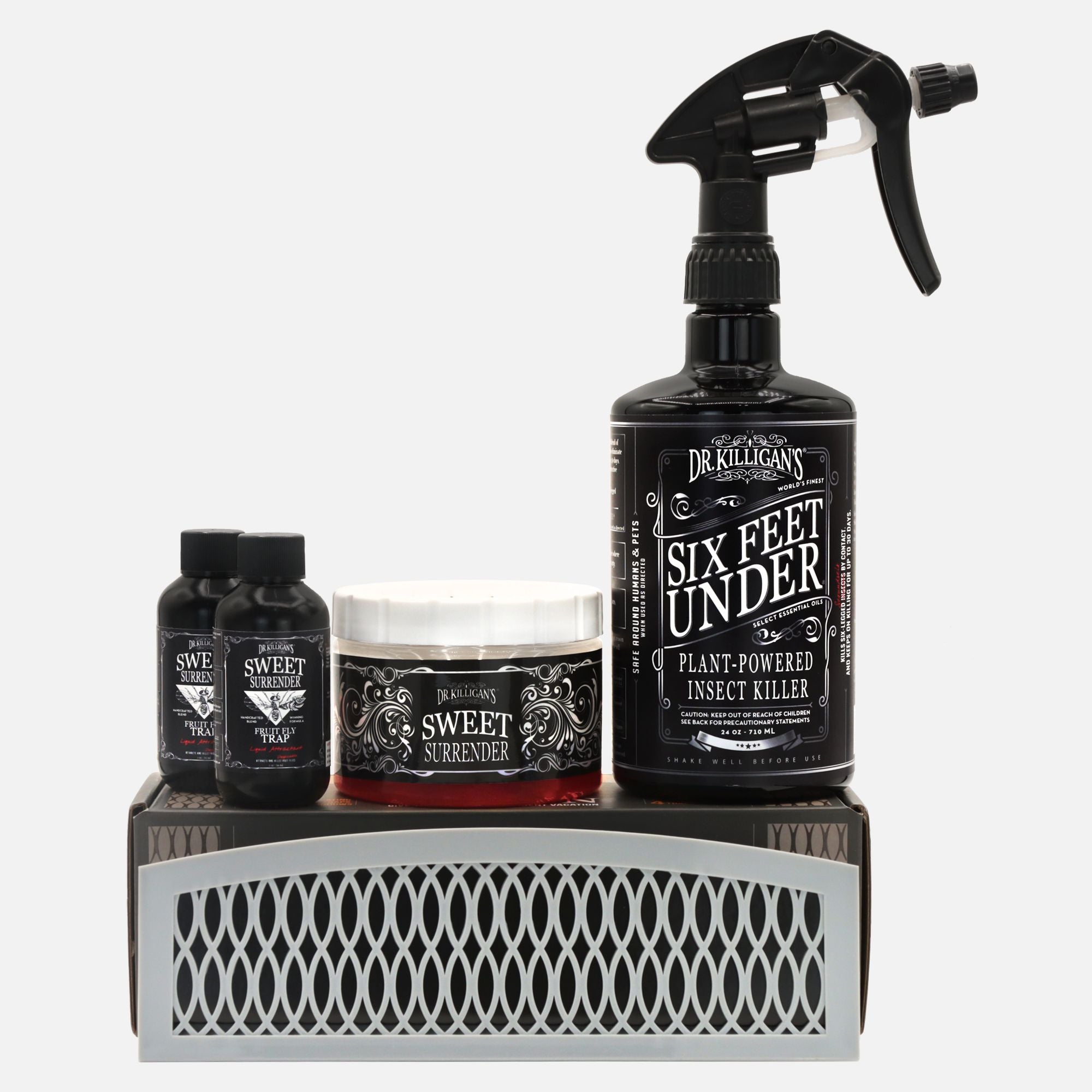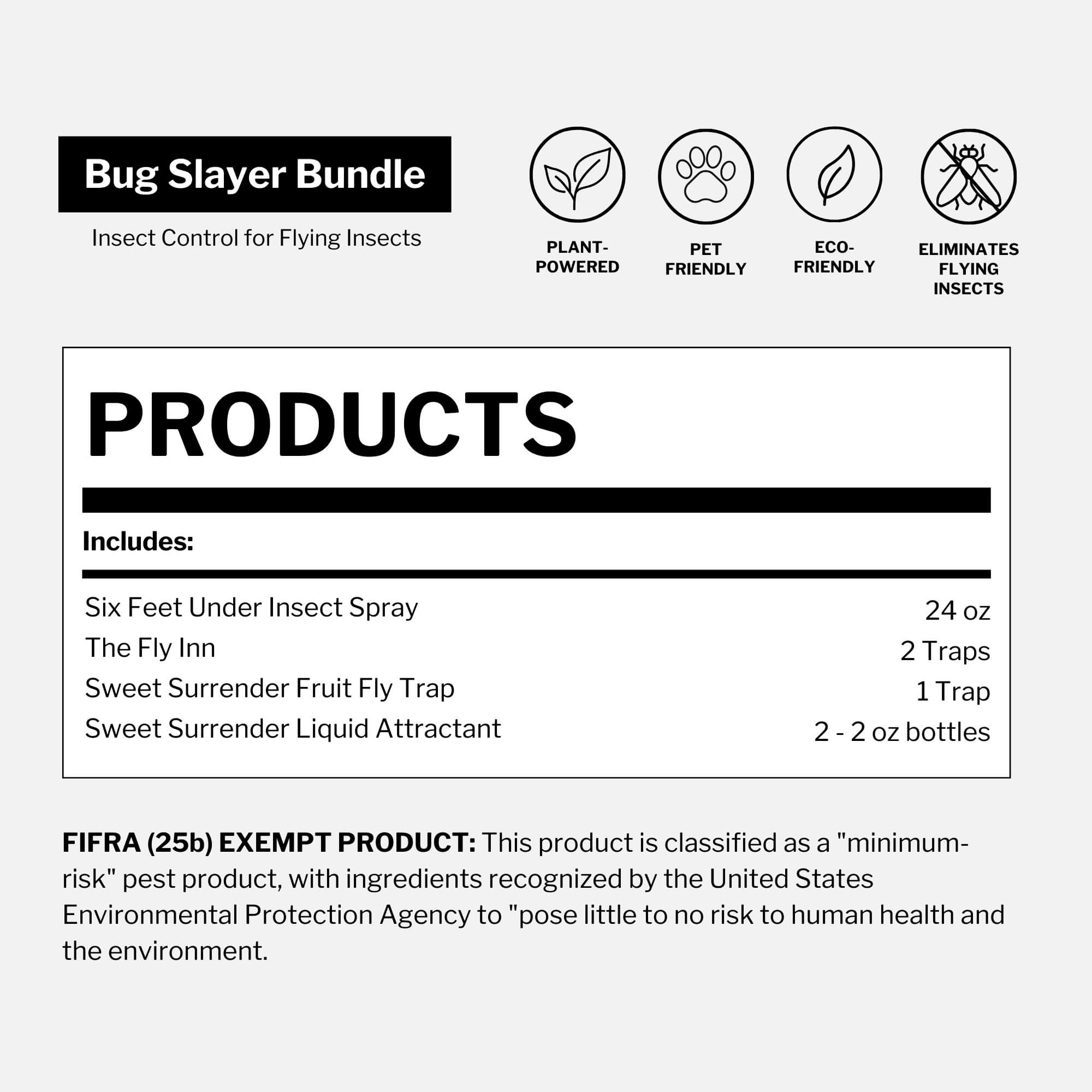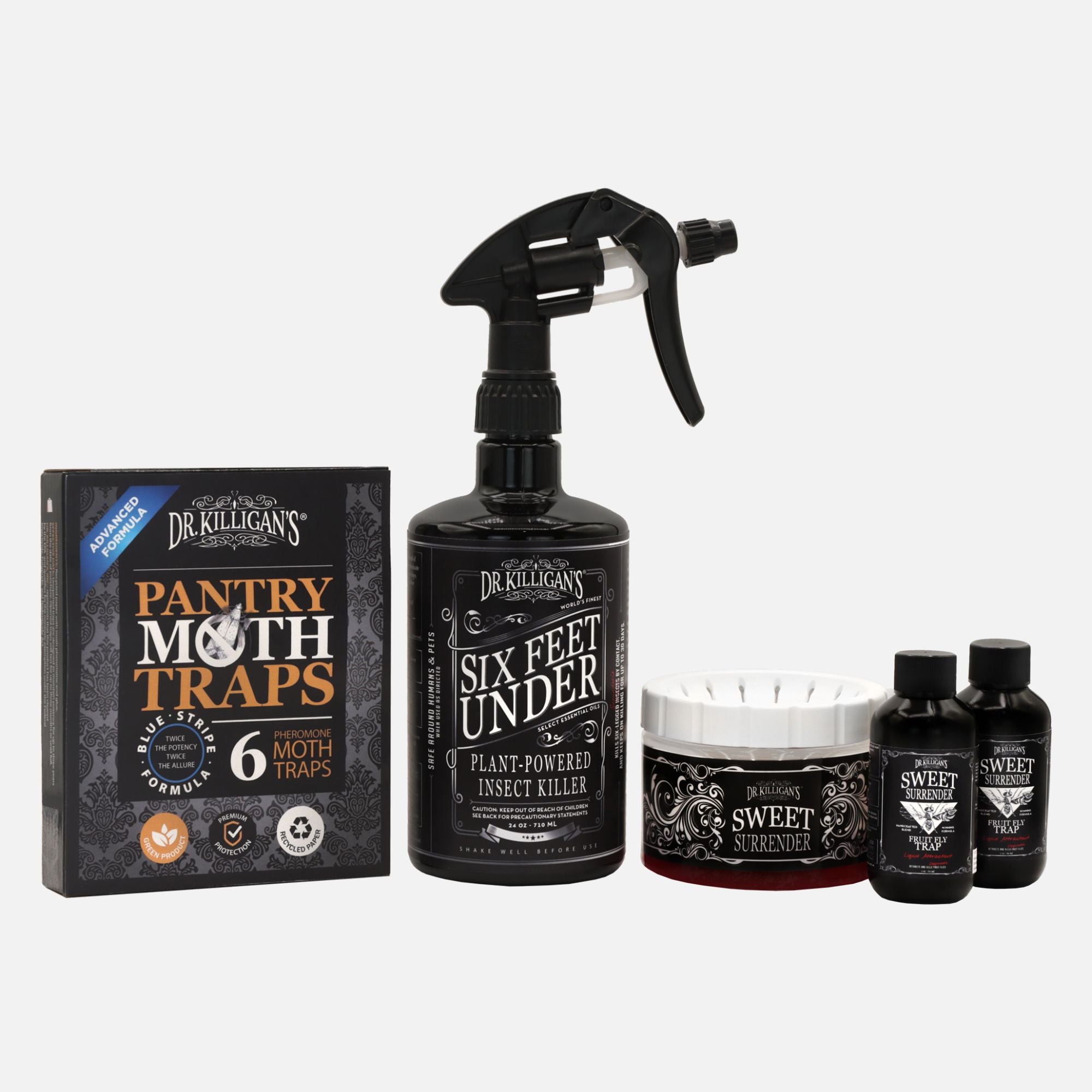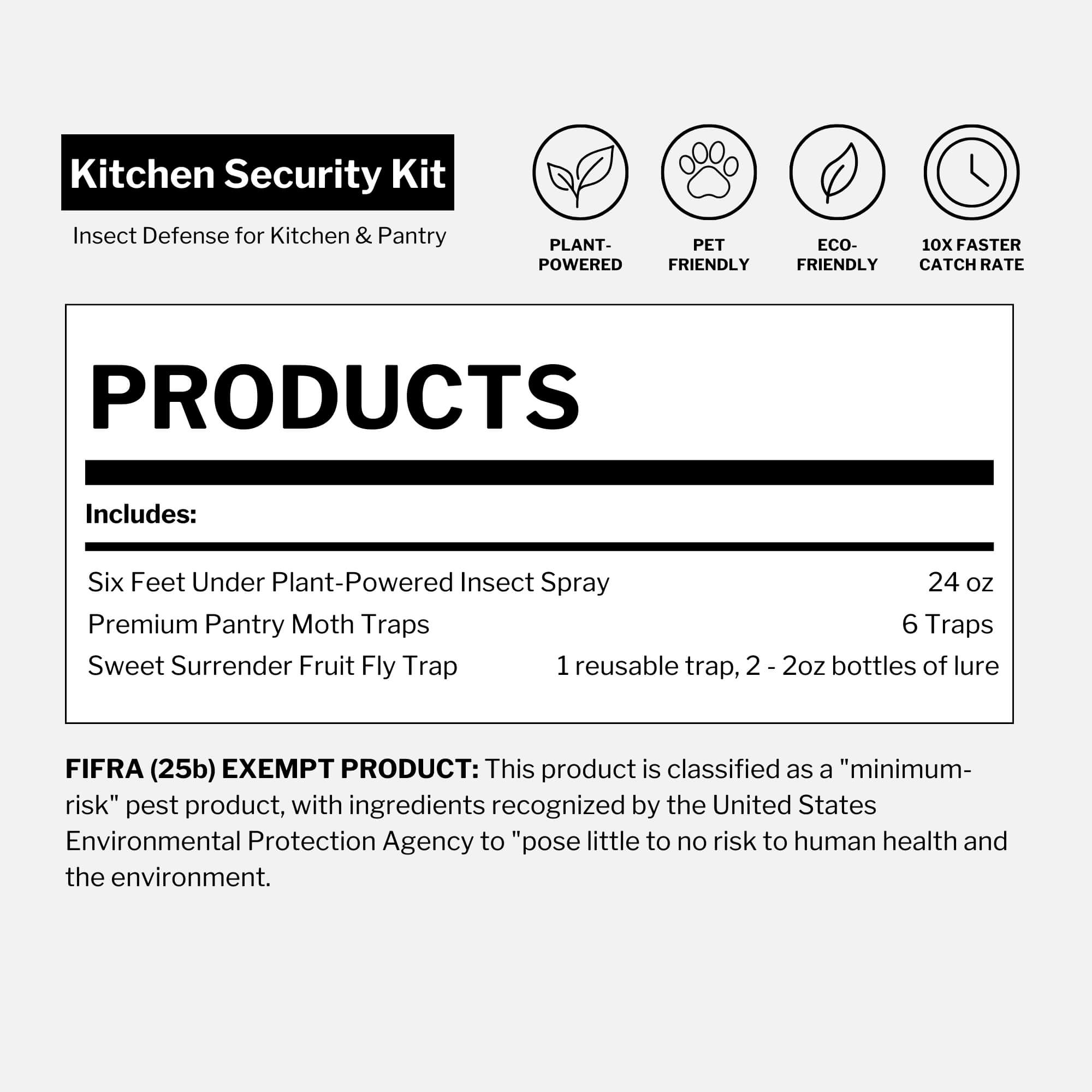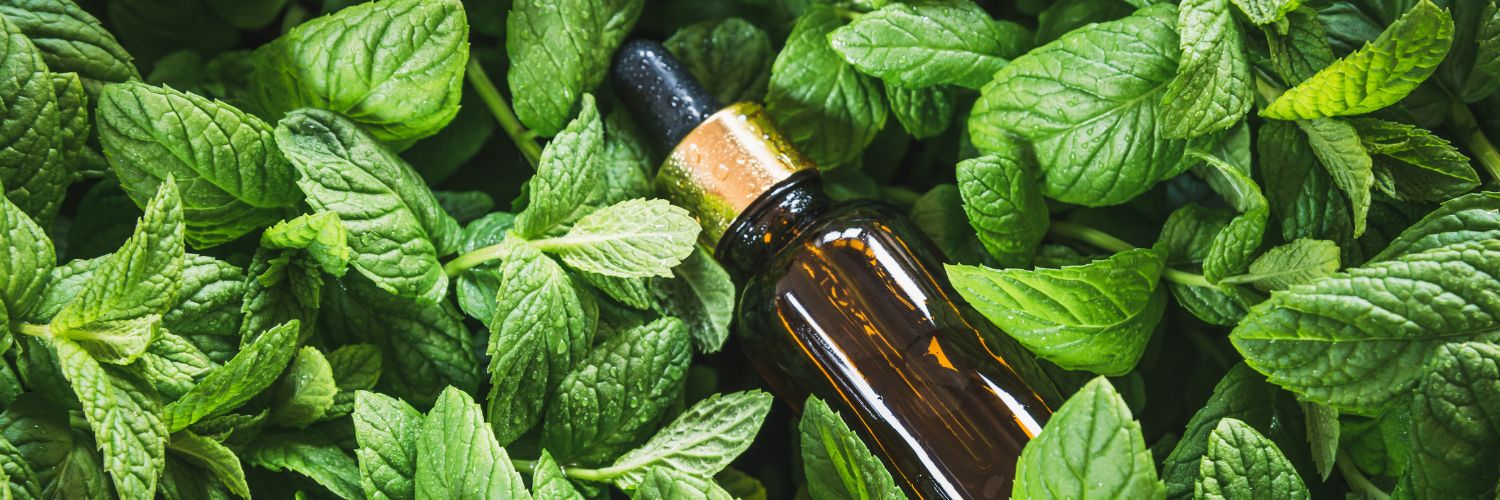Published February 7, 2024 · Updated November 20, 2025
Reviewed by Julie Miller, BA in Language Arts, Editorial Lead, Dr. Killigan’s
TL;DR: Peppermint oil’s strong aroma can help deter certain insects, making it a popular starting point for cleaner pest control. A simple DIY bug spray uses a small amount of peppermint essential oil diluted in water with a touch of mild soap, though it fades quickly and needs frequent reapplication. For longer-lasting, plant-powered support around the home, many people pair their DIY spray with a tool like Dust to Dust Plant-Powered Insect Powder.
If you are exploring cleaner ways to handle insects in your home, peppermint oil is a natural place to begin. Its crisp, minty aroma is pleasant to us but strong enough to disrupt how some insects explore and navigate. Below, you will find a clear explanation of how peppermint oil works, how to make a simple bug-spray recipe, where it helps and when a longer-lasting plant-powered solution may be the better fit.
Does peppermint oil repel bugs
Yes. Peppermint oil can help deter certain insects because its concentrated aroma interferes with the scent cues many bugs rely on to move, forage and communicate. It is not a replacement for full pest-control systems, but it offers a gentle, plant-powered starting point for light activity around the home.
Why peppermint oil works against bugs
The aromatic effect (primary role)
Peppermint oil contains naturally occurring compounds — most notably menthol — that create a strong, concentrated scent. Many insects rely on scent trails and olfactory cues to move, find food and communicate. When the air is filled with a peppermint-heavy aroma, those signals become harder for them to follow.
In simple terms, peppermint oil does not confuse the insect — it confuses the signals the insect depends on.
This makes it a practical, scent-based deterrent for light insect activity indoors.
DIY peppermint oil bug-spray recipe
Creating your peppermint oil spray for pest control is straightforward and effective.
Ingredients

- 1 cup water
- 10 to 15 drops peppermint essential oil
- 1 teaspoon mild dish soap
Did you know? Dish soap is needed because it acts as an emulsifier, helping the oil disperse evenly in water. Without it, the oil floats on top and delivers inconsistent results.
How to mix
- Add water to a clean spray bottle
- Add peppermint oil
- Add dish soap
- Shake gently before each use
Tip: Use distilled or filtered water if your tap water is extremely hard or has high mineral content.
Where to apply
- Along baseboards
- Around door frames and window tracks
- Near suspected entry points
- In corners or darker areas where insects often pause
How long it lasts
About one week. Exposure to light and heat shortens its lifespan, so store it in a cool cabinet.
How often to reapply
- Every few days during active insect season
- Daily if activity is heavy
- Reapply after cleaning or wiping down surfaces
What bugs does peppermint oil help deter?
Peppermint oil provided a light, scent-based deterrence for certain insects. It is most effective when used consistently and refreshed often.
Ants
May help disrupt scent trails temporarily. Reapply frequently.
Spiders

Some spiders avoid strong scents. Apply around entry points and corners.
Cockroaches
May help discourage roaches in freshly treated spots like under sinks, around appliances and along baseboards, but they’re resilient. Use peppermint oil here only as a light deterrent and reapply every few days.
Moths (Pantry or clothing areas)
Cotton balls lightly scented with peppermint oil can add a fresh smell, but traps are far more reliable for interrupting the reproductive cycle. Use Premium Pantry Moth Traps or Premium Clothing Moth Traps for targeted control.
Flies
Window frames and kitchen counters can benefit from an aromatic spritz, but flies relocate quickly. Consider The Fly Inn for mechanical capture along windows.
Fleas
Use peppermint oil only in the environment (floor edges, bedding areas). Never apply essential oils directly to pets.
Garden pests
A light mist can help deter aphids and caterpillars from ornamental plants. Avoid oversaturating leaves.
How long does peppermint oil repel bugs?
Most homeowners notice that peppermint oil:
- smells strong at first
- fades within hours
- loses noticeable effect within days
- needs to be refreshed often for consistent deterrence
This short lifespan is due to peppermint oil’s volatile, fast-evaporating nature.
When peppermint oil isn't enough
DIY sprays are appealing because they’re simple and pleasantly scented. But they also:
- evaporate quickly
- require frequent reapplication
- provide inconsistent results
- struggle against deeply hidden or fast-moving insects
When pests keep returning or when you want less upkeep, a longer-lasting plant-powered product is often the smoother path forward.
Dust to Dust Plant-Powered Insect Powder

A minimum-risk, plant-powered powder designed for crawling insects. Its formulation includes peppermint and rosemary oil, utilizing essential-oil nanotechnology to support performance. In lab tests, Dust to Dust was faster than diatomaceous earth and provides contact + residual activity for up to 30 days when kept dry.
Where to use it:
Apply a light, even dusting along baseboards, in corners, under appliances and into cracks or crevices where insects travel. A thin line works best—heavy piles are more easily avoided. For precision placement, use the Insect Buster Bulb Duster.
Dust to Dust works best when insects cross or contact the treated areas and remains effective as long as it stays dry. Reapply as needed after heavy cleaning or exposure to humidity.
Six Feet Under Plant-Powered Insect Killer Spray
Six Feet Under is a plant-powered, minimum-risk spray designed for fast knockdown of common household insects. It delivers contact kill and leaves residual protection on porous surfaces for up to 30 days, helping you stay ahead of new arrivals. The formula is made with plant-based active ingredients and is designed to work across more than 50 household insects, including ants, roaches, flies, moths and fleas.
Where to use it:
Spray directly on visible insects for contact kill and treat porous surfaces such as baseboards, door frames, window tracks and cracks where insects move or pause.
Six Feet Under can be used as part of a simple routine—quick action on the insects you see and light preventative coverage on the surfaces they use.
A simple peppermint-based pest routine

Start with a peppermint oil spray
Use it on entry points and light activity zones for a quick, aromatic deterrent.
Add Dust to Dust for long-tail coverage
A light dusting in cracks, corners, behind appliances and along walls helps protect the areas insects travel.
Use Six Feet Under for contact kill
Reach for this when you need fast action on the insects you can see.
Refresh as needed
Consistency matters, and each tool works best as part of a simple, steady routine.
Bringing it all together
Peppermint oil is a thoughtful starting point for cleaner pest control—a simple way to nudge insects back from the spaces you care about most. When you’re ready to go beyond a DIY spray, plant-powered tools like Dust to Dust and Six Feet Under can help you build a steadier, longer-lasting routine.
However you choose to begin, the goal is the same: a home that feels calmer, more in your control and a little easier to breathe in. With the right mix of peppermint, good habits and proven products, you can restore genuine Confidence, Peace and Control over the insects that share your space.





